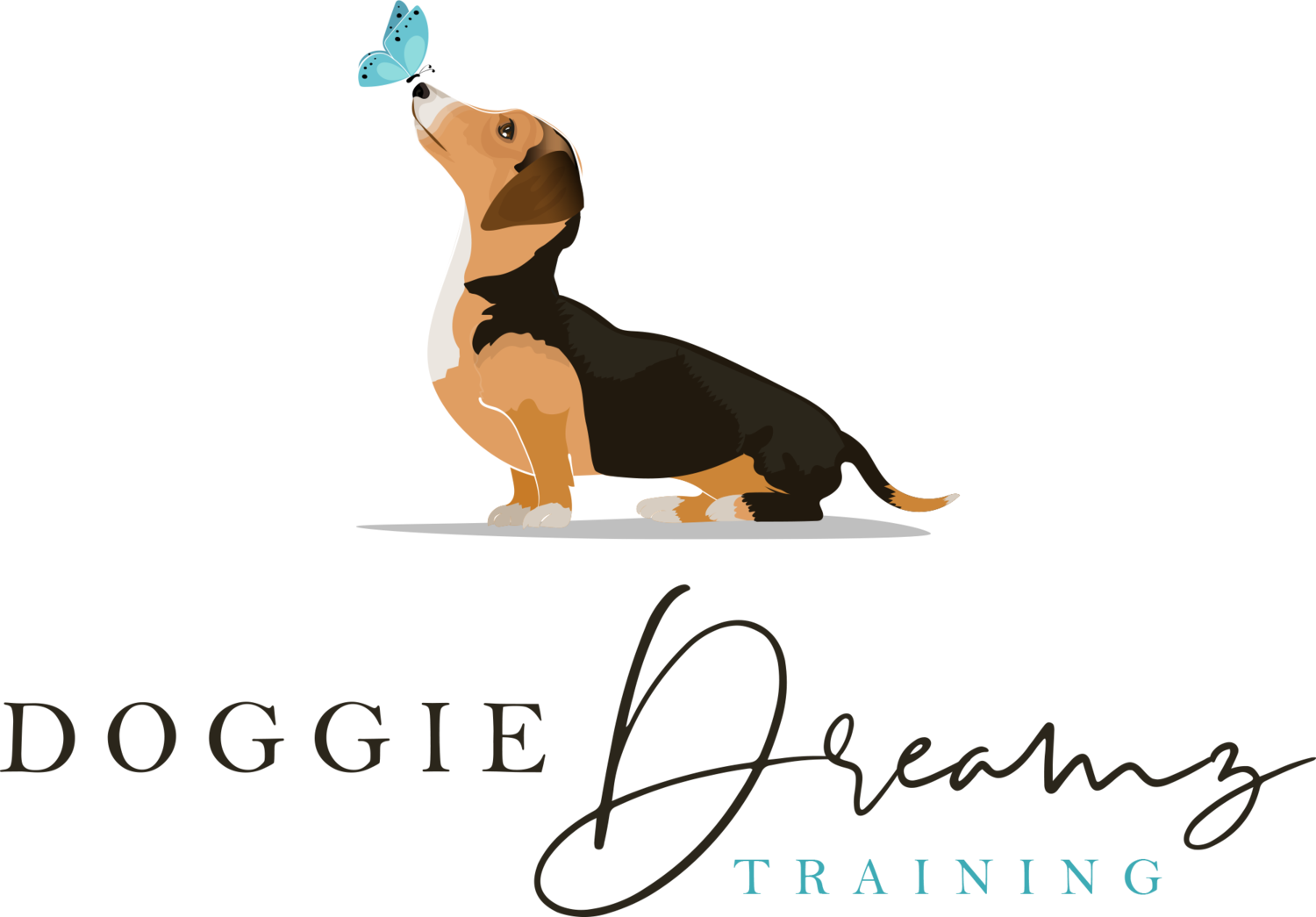Is the Raw Food diet the right decision for your pet?
These days, more and more people are asking what exactly is in their personal products and food. We are constantly in search of ways to be healthier. This includes wanting to improve the quality of life for our pets, too! Many new diets and trends exist today for our pets. Since the pet food industry is largely unregulated more people are looking into what is actually in their pets food. One diet in particular, the Raw food diet, has recently gained a lot of popularity. With many of my own clients exploring these new options, I set out to discover what information might be useful if you are considering this route for your pet. Remember, you should always consult your veterinarian before changing your pet’s food regimen.
In 2017, raw pet food sales grew to a new high, and more pet stores were starting to sell raw food either in freezer form or in the freeze-dried form; this is according to Maria Lange, business group director for GfK (German Society of Consumer research). So, is this just a fad in the pet food industry? Or, are there real benefits to feeding your pet a raw food diet?
A raw food diet for dogs includes meaty raw bones, organs, and some produce—also raw or cooked at low temperatures. The philosophy behind raw pet food comes from the idea that dogs need a completely balanced diet. That includes raw meat to provide a diet compatible with how they ate pre-domestication. The pre-prepared raw food includes the minerals and vitamins needed for a dog to thrive according to supporters for the diet. One of the leading voices advocating for the raw food diet is Dr. Barbara Royal from the Royal Treatment Center in Chicago. She is a pioneer in holistic medicine for animals. She has even written a book called, The Royal Treatment: A Natural Approach to Wildly Healthy Pets. Her top raw food recommendations are Darwin’s Food, Answers and Raw Bistro. Some other brands my clients recommend are Just For Dogs for large dog breeds and The Honest Kitchen for dogs with intestinal issues. If you have a favorite raw food brand, list it in the comments below!
Royal also recommends that you look at the nutritional ingredients of your pet food. She says that your pets food should have 45% Fat, 45% Protein and 10% Carbs. Again, please consult with your veterinarian before you go raw. Every dog is different with different health conditions, and a raw food diet may not be ideal for every animal.
The benefits of a raw food diet, according to pet owners who have switched, have been noted as improved eyesight, shinier coats, cured cancer, weight loss in overweight dogs, cured allergies and the reduction in need of oral medication. However the FDA conducted a study in 2010-2012 on raw food diets in dogs and they found raw pet food was more likely to be contaminated with disease-causing bacteria. Like Salmonella and Listeria.(FDA)Some other disadvantages of this diet are that it is significantly more expensive. Finally, it is time consuming to prepare, compared to dry kibble.
As I mentioned before, I have seen a few of my clients switch to the raw food diet and I have seen vast improvements in their dogs. These pets have gone from having stomach or intestinal problems such as colitis, to having no signs or issues within a month. There is, of course, a transitional period. Just like with any change in food, the stomach is getting use to the new food but in my experience, I have only seen positive results from this diet. Going raw for your pet is a personal decision for each family, and something to discuss with your veterinarian. However, because I have seen positive benefits, it seemed timely to share some information and resources.
I hope you enjoyed this topic and found it informative. Let me know in the comments below! Thank you!
Edited by Tara Rico
